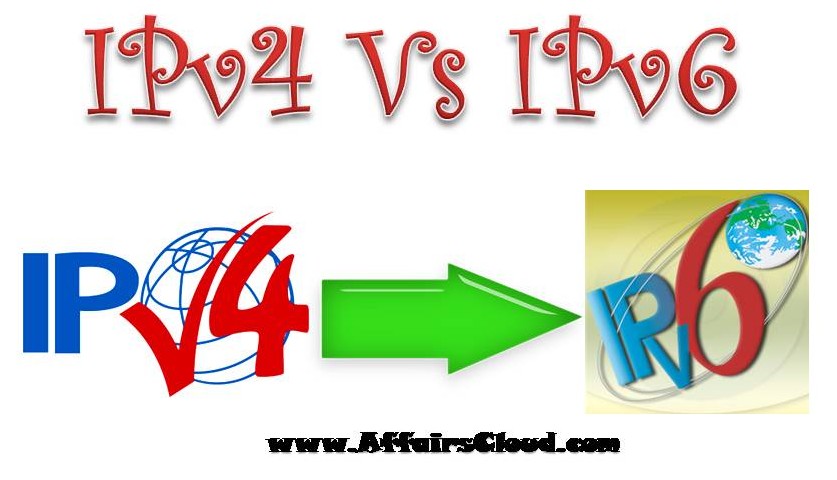Dear Aspirants,
Internet Protocol is an important topic of discussions and questions in Bank Exams, Specialist Officer Exams and Interviews. Here I am providing you a crisp but important content about Internet Protocols and its different variations.
Internet Protocol
Internet Protocol is a set of technical rules and guidelines that defines how different computers communicate over a Computer Network. IP address is a number used by different computers and servers in the Internet to communication each other. Without IP address, computers will not be able to communicate and send data each other. It is essential to the infrastructure of the web. It is like an Address is required to identify a Person.
IPv4 (Internet Protocol Version 4)
IPv4 was the first version of Internet Protocol to be widely used, and accounts for most of today’s Internet traffic. There are just over 4.3 billion IPv4 addresses. IPv4 has the limitation of lesser number of addresses, so it can address only limited number of Computers.
IPv6 (Internet Protocol Version 6)
IPv6 is a newer numbering system that provides a much larger address pool than IPv4. It was deployed in 1999 and should meet the world’s IP addressing needs well into the future. It is replacing IPv4 to accommodate the growing number of networks worldwide and help solve the IP address exhaustion problem due to increased number of Mobile Computing Devices. IPv6 is referred as the Next Generation Internet Standard.
At present the following websites are using IPv6: Facebook, Google, Yahoo, Wikipedia, You tube, etc.
The world IPv6 Launch Day was celebrated across the world on 6th June 2012.
Differences Between IPv4 and IPv6
- IPv4 uses four 1 byte decimal numbers, separated by a dot (i.e. 192.168.1.1),
- IPv6 uses hexadecimal numbers that are separated by colons (i.e. fe80::d4a8:6435:d2d8:d9f3b11).
- Packet size in IPv4 is 576 bytes
- Packet size in IPv6 is 1280 bytes
- Broadcast feature is available in IPv4
- Broadcast feature is not available in IPv6
- IPv6 is more compatible to mobile networks than IPv4
- IPv6 is used by less than 1% of the networks, while IPv4 is still in use by 99%
- Communication Trace feature is available in both IPv4 and IPv6
Advantages of IPv6 over IPv4
- Security
- Auto configuration
- Simplified Header format with better Quality of Service (QoS)
- IP Host Mobility
- IPv6 has been designed with many new features which make it possible to develop innovative applications which are not easily possible in the current IPv4 protocol
- The limit of payload size is not there in IPv6 and its size can be as large as possible depending upon the Maximum Transmission Unit
IPv6 in India
The First Roadmap (Version- I) was released on 20th July, 2010.
The Guidelines of The First Roadmap were:
- All Major Service Providers (having at least 10,000 internet customers or STM-1 bandwidth) will target to handle IPv6 traffic and offer IPv6 services by December-2011
- All Central and State Government Ministries and Departments, including its PSUs, shall start using IPv6 services by March-2012.
- Creation of IPv6 Task Force
The objective of the recently published (March 2013) IPv6 Deployment Roadmap Version II by Ministry of Communications & Information Technology, Department of Telecommunications, Government of India.
“ To achieve substantial transition to new Internet Protocol (IPv6) in the country in a phased and time bound manner by 2020 and encourage an ecosystem for provision of a significantly large bouquet of services on IP platform.”
As on date (publishing date of this article) the Per-Country IPv6 adoption date of India is 0.65%, while that of United States and France are 14.74% and 15.91% respectively.
You may visit the following link published by Google to collect the details about the statistics.
IPv6 Country Wide Adoption Statistics
To get more information about IPv6 adoption in India, please go through various IPv6 Roadmap Versions published by Ministry of Communications & Information Technology, GOI.





